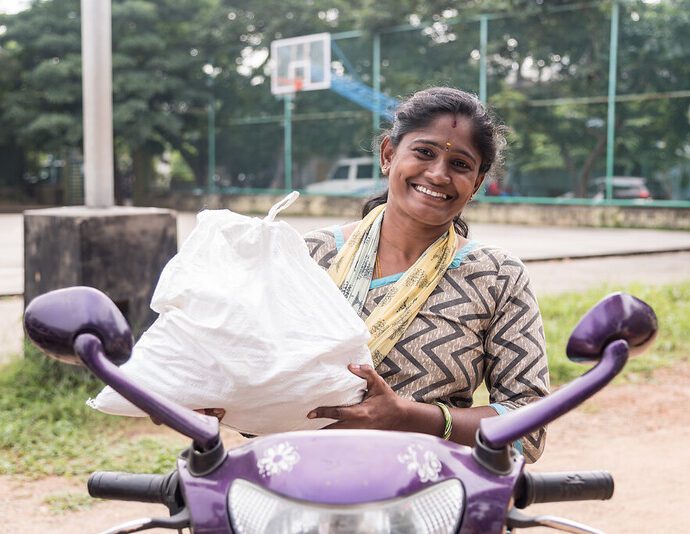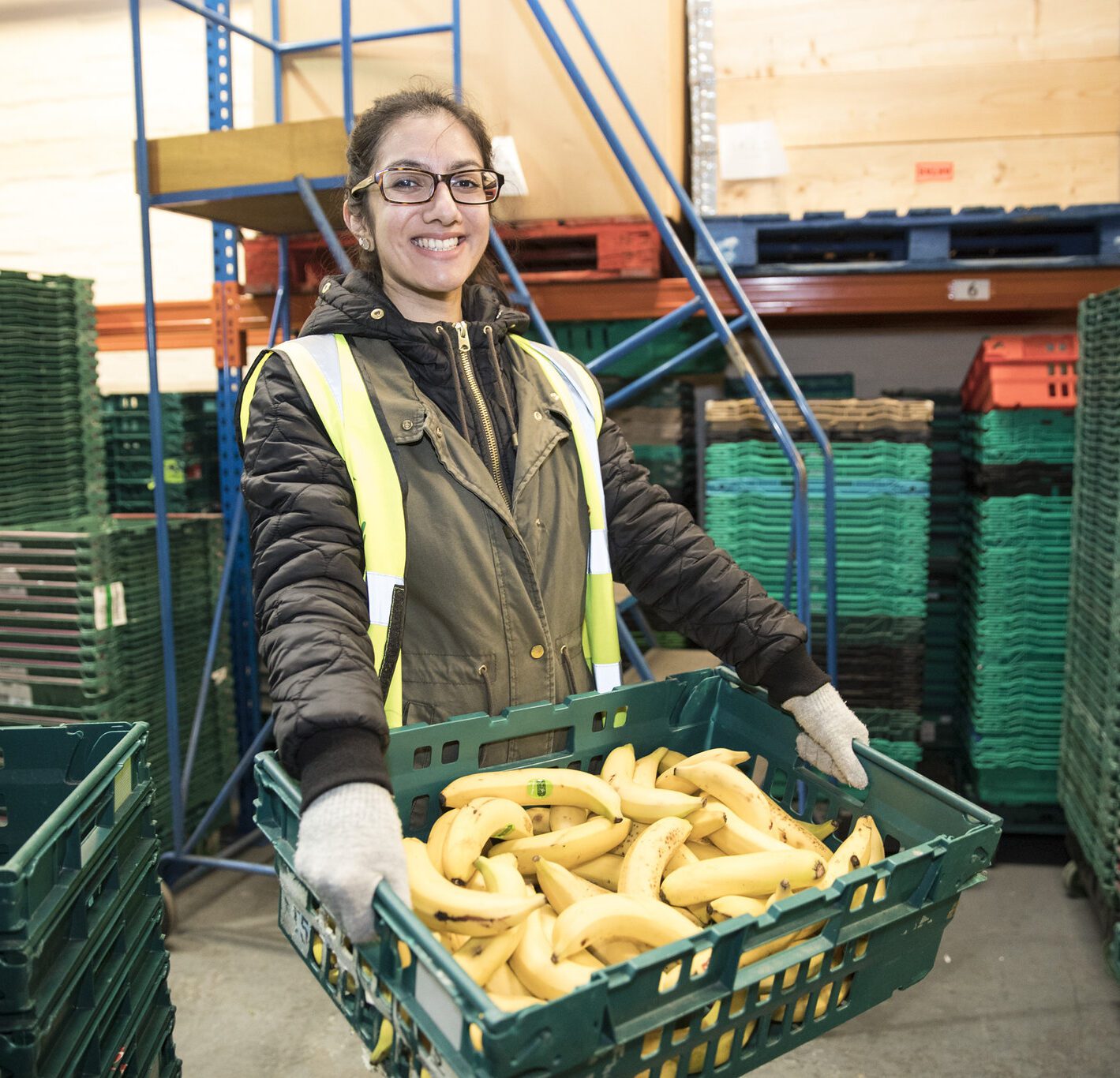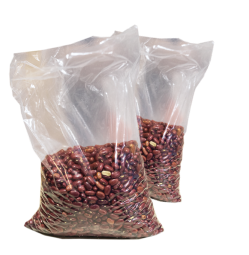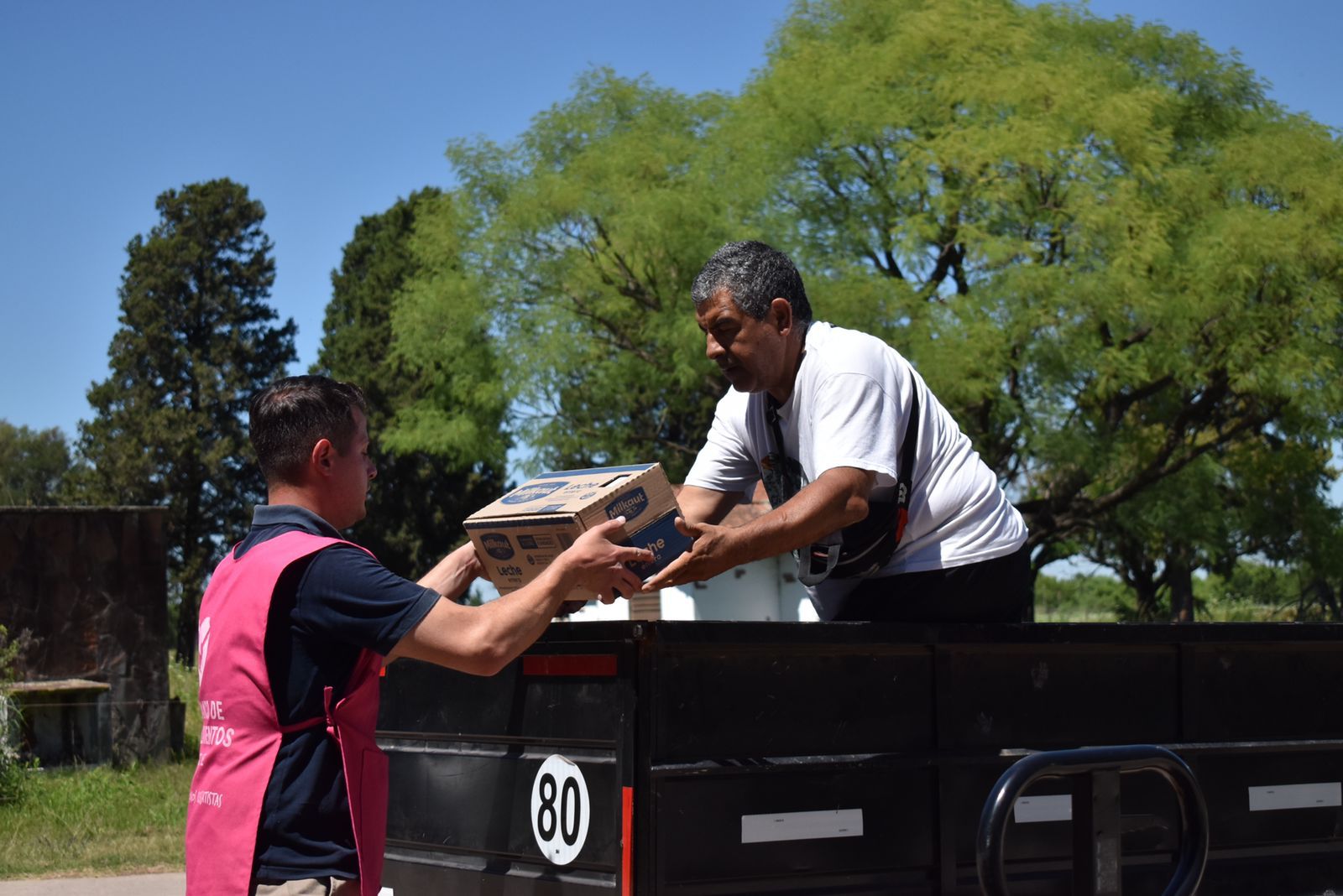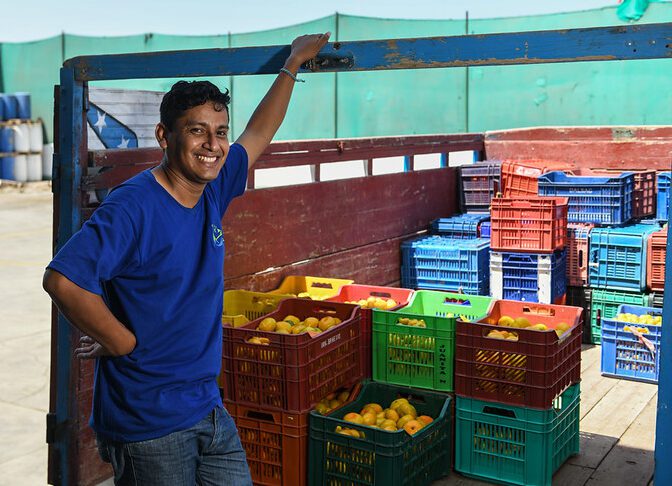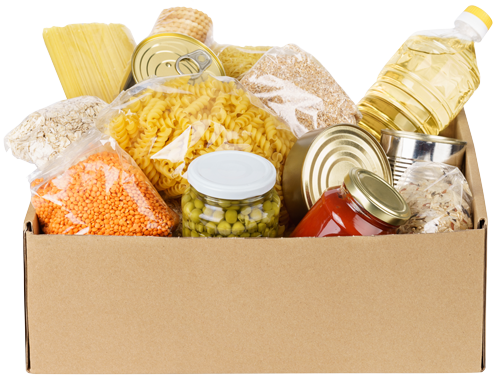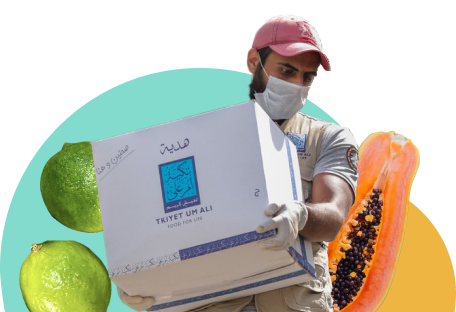

No single metric can define our progress. The number of food banks we support, the number of people who access food from a partner food bank, and the number of community service organizations strengthened through food bank partnerships—these all point to the impact we’ve made, but that’s not all.
We also measure our success by listening to feedback from GFN member food banks—about our quality, depth, and breadth of our services. Because for us, when GFN partners meet the markers of success that they’ve defined for themselves, that’s also what progress looks like. And we point to the range of deep relationships we’ve built with partners in the corporate sector, governments, academia, and more as evidence of impact—because no one organization can solve food insecurity alone.
With our partners, we create lasting change—and you can see some of that change captured in the following data, which represents GFN and member food bank activity from calendar year 2022.

